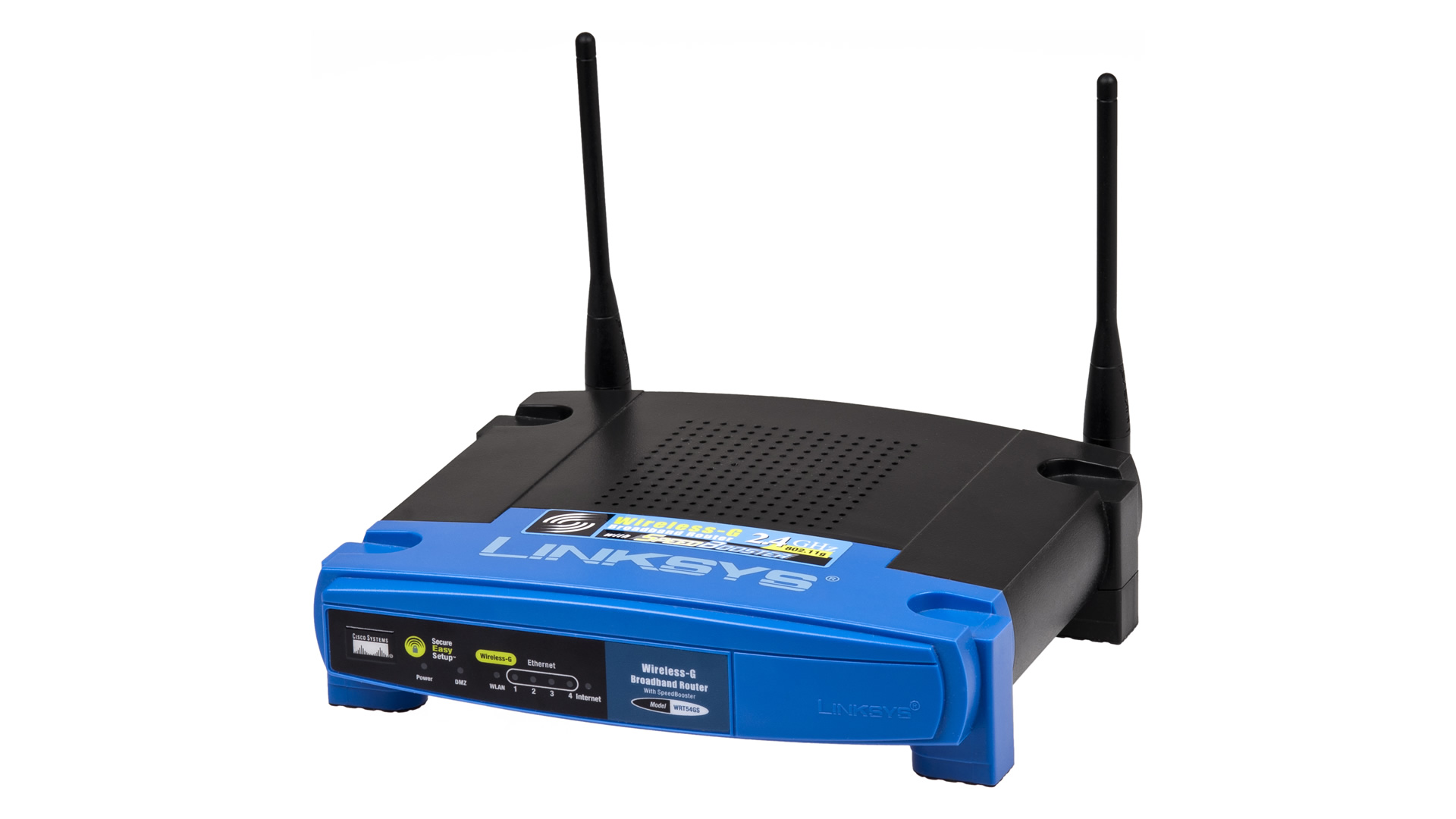In the ever-evolving landscape of telecommunications, Internet Protocol (IP) has become the cornerstone of modern communication systems. This article delves into the realm of IP telecommunications, shedding light on the principles of IP communications and the functioning of IPBX central systems.
Understanding IP Telecommunications and IPBX:
IP telecommunications, also known as Voice over Internet Protocol (VoIP), is a revolutionary technology that enables voice and multimedia communication over the internet. At the heart of IP telephony systems is the IPBX (IP Private Branch Exchange), a centralized unit responsible for routing and managing voice and data traffic within an organization.
SIP and VoIP Mechanics:
Session Initiation Protocol (SIP) plays a crucial role in VoIP communications. SIP is a signaling protocol used for initiating, maintaining, modifying, and terminating real-time sessions that involve video, voice, messaging, and other communications applications and services. VoIP, on the other hand, leverages the internet to transmit voice data in digital form, converting analog signals into packets for efficient communication.
Advantages of VoIP:
The adoption of VoIP brings numerous benefits to organizations and individuals alike. Cost-effectiveness, scalability, flexibility, and the ability to integrate with other digital services are some of the key advantages. VoIP eliminates the need for traditional phone lines, reducing communication costs significantly.
Disadvantages of VoIP:
Despite its merits, VoIP has its share of challenges. Reliance on internet connectivity introduces vulnerabilities, such as service disruptions during power outages or network issues. Quality of service may also be affected if the internet connection is not robust, leading to issues like latency and jitter.
Bandwidth Requirements for VoIP:
For seamless voice communication, a stable internet connection with adequate bandwidth is essential. Generally, a minimum of 100 kbps is recommended for a single VoIP call. Higher bandwidth is required for multiple concurrent calls, and organizations should ensure sufficient bandwidth to support their communication needs.
Bandwidth Requirements for Video Calls via VoIP/SIP:
Video calls through VoIP/SIP demand higher bandwidth compared to voice calls. A minimum of 512 kbps is recommended for standard video quality, while high-definition video may require 1 Mbps or more. Bandwidth considerations are vital to guarantee smooth video conferencing experiences.
SIP Trunking Explained:
SIP trunking is a technology that enables the connection of a private business phone system to the internet. It replaces traditional telephone lines, allowing organizations to make VoIP calls over the internet. SIP trunks offer flexibility and cost savings, enabling businesses to scale their communication infrastructure more efficiently.
Best Software for Building SIP/VoIP Central Systems:
Several software solutions cater to building robust SIP/VoIP central systems. Popular choices include Asterisk, FreeSWITCH, and 3CX. Each platform comes with unique features and capabilities, allowing organizations to tailor their communication systems to their specific requirements.
Top Client Software for SIP/VoIP:
For end-users, the choice of client software plays a crucial role in the VoIP experience. Widely used options include Zoiper, X-Lite, and Linphone, each offering user-friendly interfaces and diverse features for seamless communication.
Limitations of SIP/VoIP Telecommunications:
While SIP/VoIP offers a multitude of benefits, limitations exist. Security concerns, dependency on internet stability, and potential interoperability issues with traditional phone systems are among the challenges that organizations must navigate.
Benefits of SIP/VoIP Telecommunications:
Despite the challenges, the advantages of SIP/VoIP telecommunications are significant. Enhanced mobility, global reach, and cost savings contribute to the growing popularity of these technologies in the business world.
Conclusion:
The world of IP telecommunications, driven by SIP and VoIP technologies, continues to reshape how we communicate. Embracing the advantages and addressing the challenges, organizations can harness the power of these technologies to create efficient, cost-effective, and scalable communication systems. As we move forward, the evolution of SIP/VoIP promises to bring even more innovations, transforming the way we connect and collaborate.





























